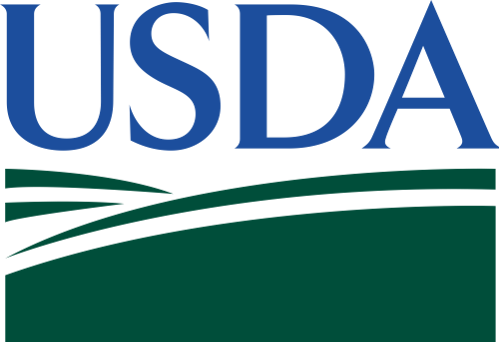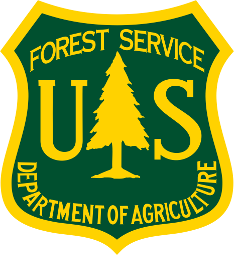Severe Weather
Forest monitoring programs have been far less successful mapping wind, ice and freeze damage than they have been for mapping wildfires and insects and diseases. Some wind events like tornadoes are highly destructive and localized, and those have been easier to map than broad dispersed events like hurricanes and derechos that cover large landscapes. In the eastern US, selective wind damage can be hard to assess for three reasons. First, when storms occur in winter, its hard to immediately see structural damage to deciduous trees compared to conifers. Second, when intense storms occur during the spring during green-up, as many tornadoes do, the ongoing phenological transition and compensatory canopy growth can obscure minor and moderate structural damage. Third, late summer and fall damage often includes leaf stripping and what is essentially an early fall when illumination is low, so broad scale impact assessments must often wait until the following growing season.
HiForm's change products include both near-real-time assessments and full growing season impacts. These serve two purposes. Managers want to know where damage has occurred as soon as possible, and, cloud permitting, HiForm's script provides that. Broader monitoring efforts seek to map severe impacts in particular, and how or whether these areas are recovering as expected. HiForm's easy to use interface allows for this type of flexible data mining and exploration across time periods.



